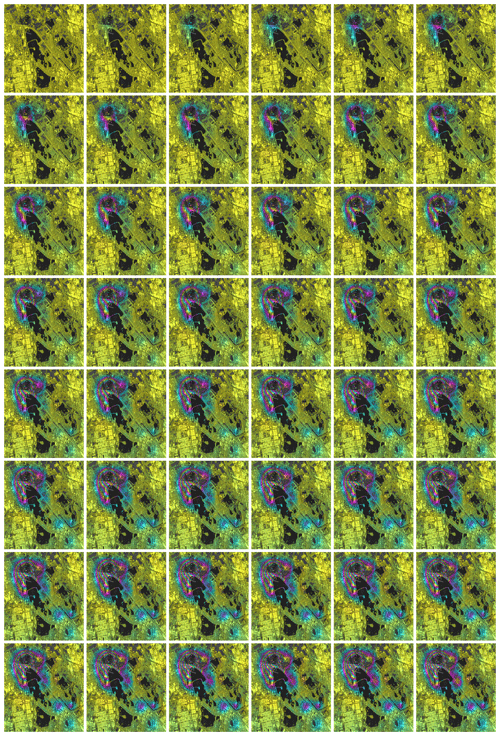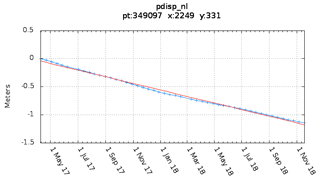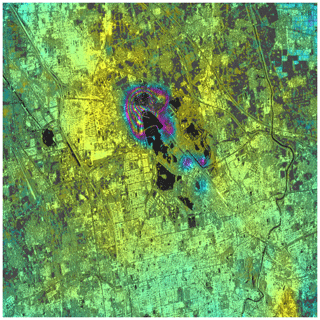InSAR monitoring surface deformation induced by underground mining using Sentinel-1 images
Land subsidence can be caused by underground mining activities. Interferometric Synthetic Aperture Radar (InSAR) has became an economic, effective and accurate technique for land deformation survey and monitoring. In mining areas, there may be several factors to overcome for the succsessful application of InSAR, such as temporal decorrelation and detectable deformation gradient, that limit the ability of InSAR to monitoring rapid land subsidence. In this paper, images obtained by the Sentinel-1 satellite with 6 or 12 d revisiting time are used to improve the ability to detect a deformation gradient, and reduce the influence of temporal decorrelation. By combining Small Baseline Subsets (SBAS) and Interferometric Point Target Analysis (IPTA) methods, using the Nanhu mining area in Tangshan as an example, the spatial continuous results of land subsidence in this mining area are obtained with a 70 cm per year maximum rate, which clearly characterizes the deformation field and its deformation process. The results show that InSAR is a useful way to monitor land subsidence in a mining area and provides further data for environment mine restoration.









